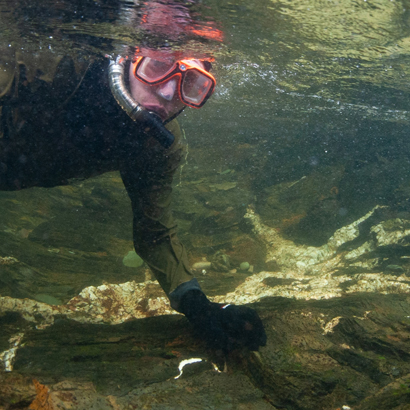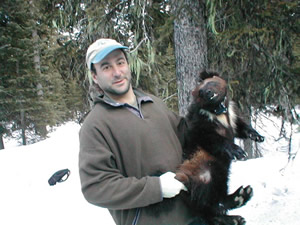Faculty
Michael Schwartz
Adjunct Reseach Assistant Professor of Wildlife Biology
Contact
- Office
- USFS Rocky Mountain Research Station, 800 E Beckwith Ave.
- Phone
- 406-542-4161
- mkschwartz@fs.fed.us
- Website
- http://www.fs.fed.us/rm/wildlife/genetics/index.php
Education
Ph.D. Wildlife Biology,
M.S. Evolution and Ecology, Department of Biology,
Research Interests
For the past five years my research has been focused on the fields of population, conservation, and landscape genetics, with an emphasis on research that provides practical answers to natural resource problems. I have tried to combine my molecular ecology work, which often takes place in the laboratory, with a strong field component, as I believe that we derive the best scientific understandings of species and ecosystems through the amalgamation of field and laboratory methods. In general, my research has been centered on the following 4 topic areas:

